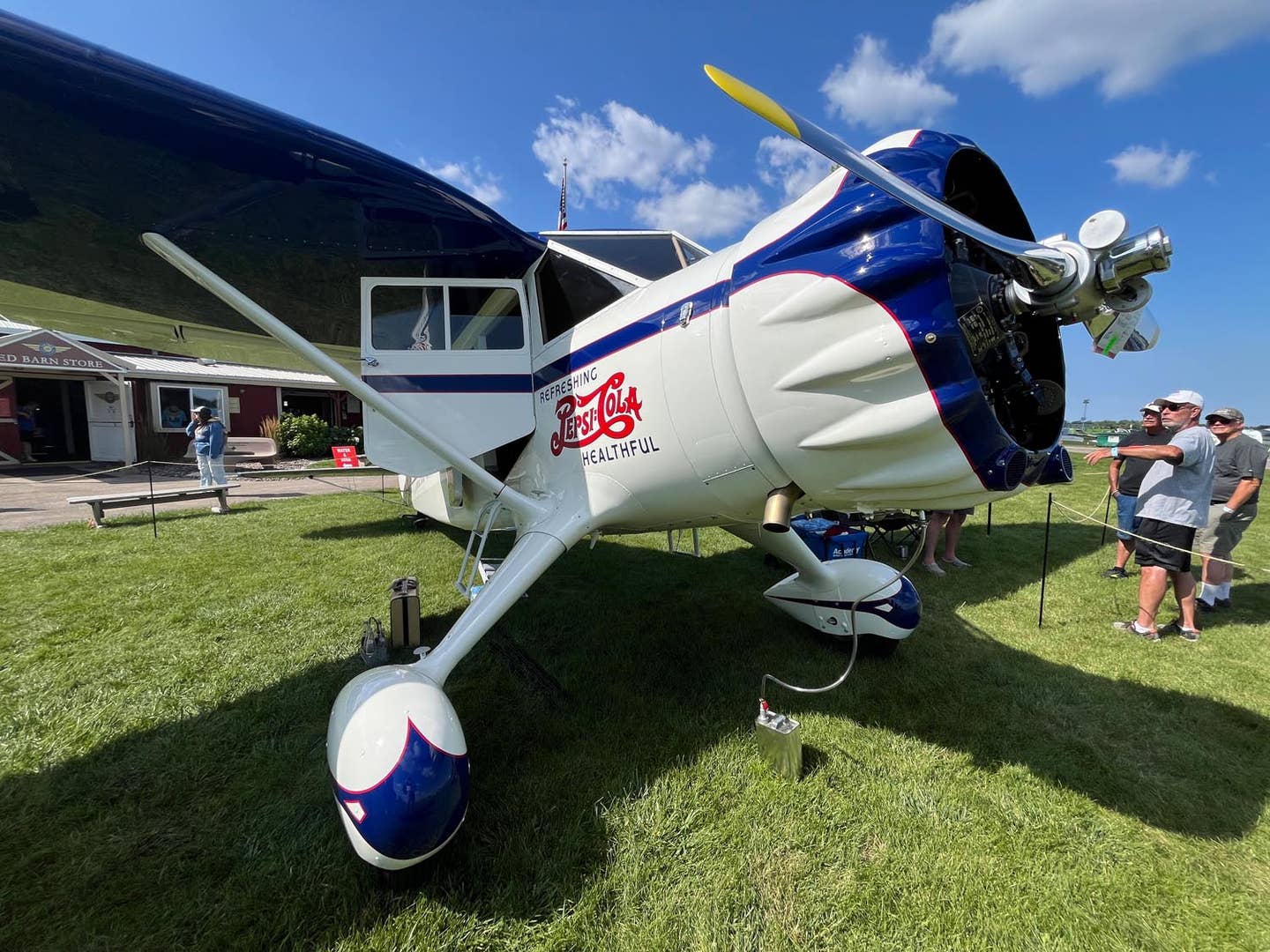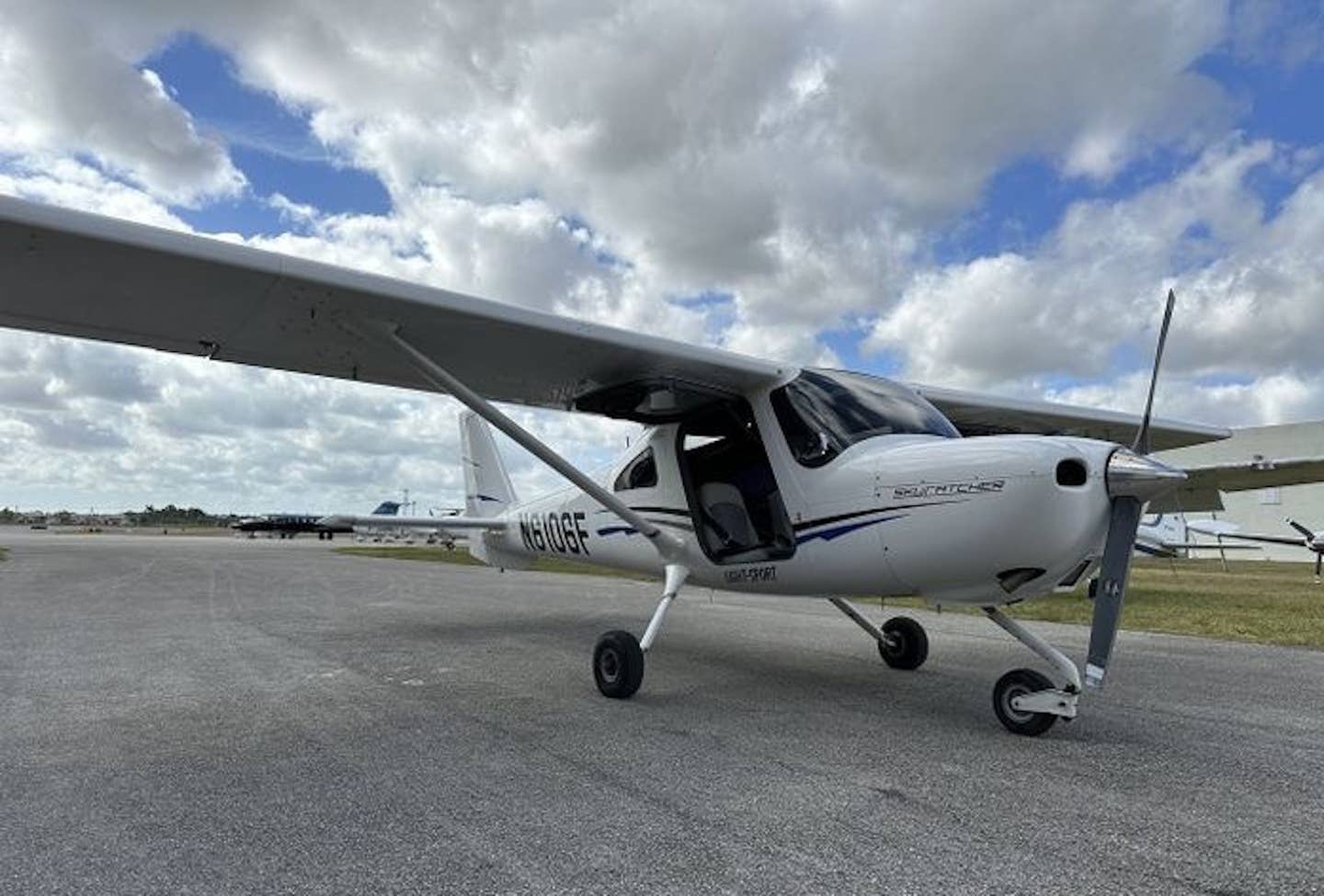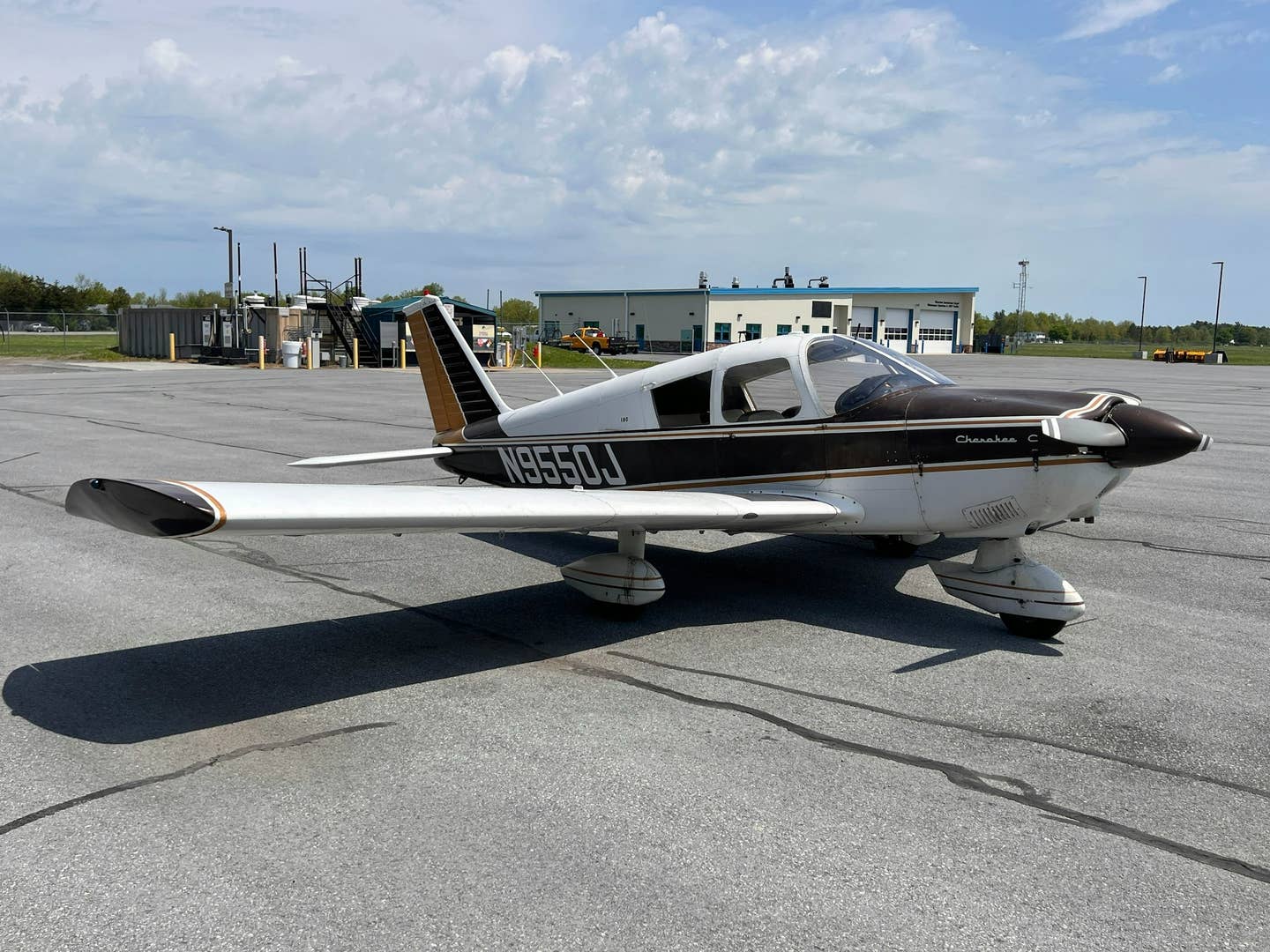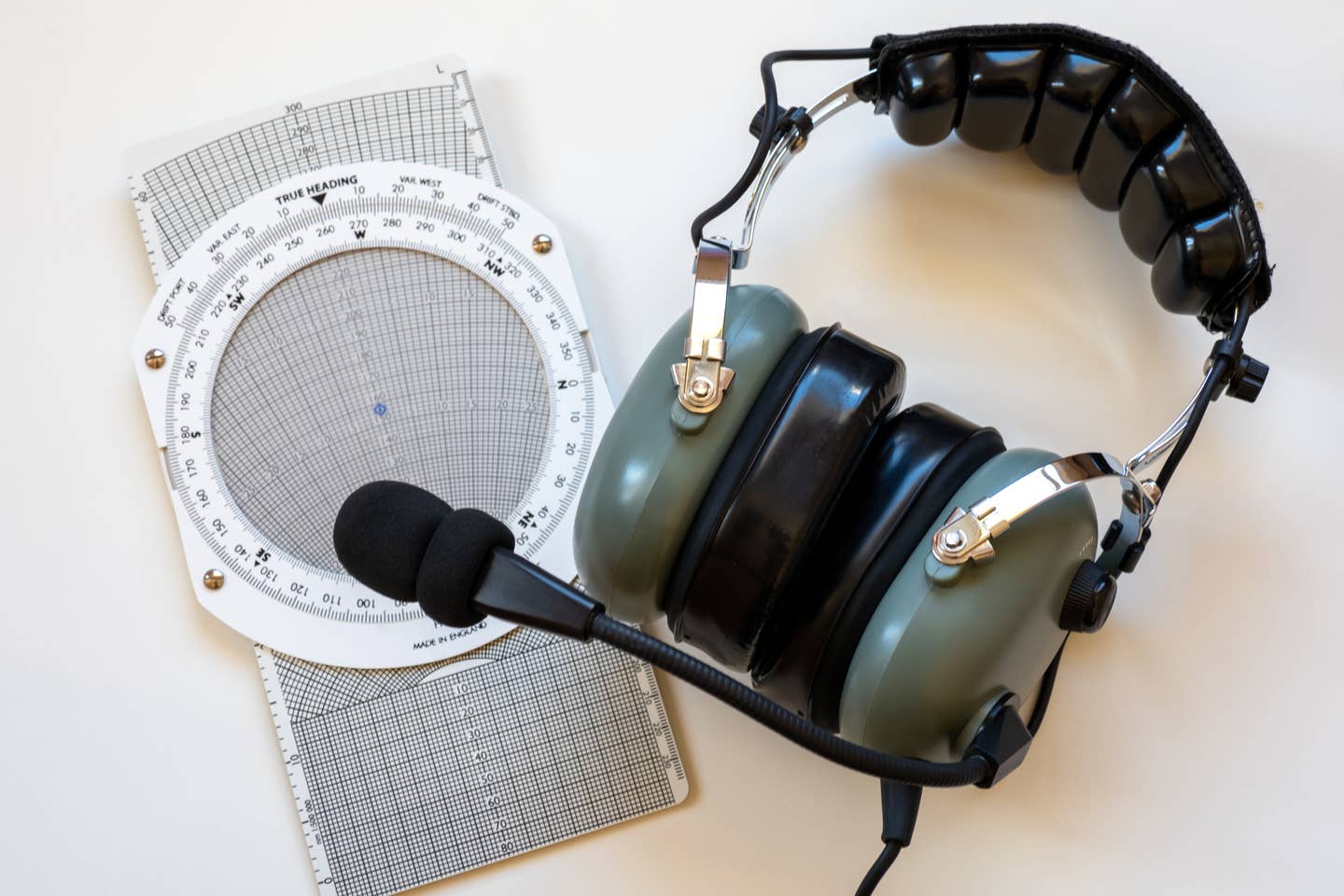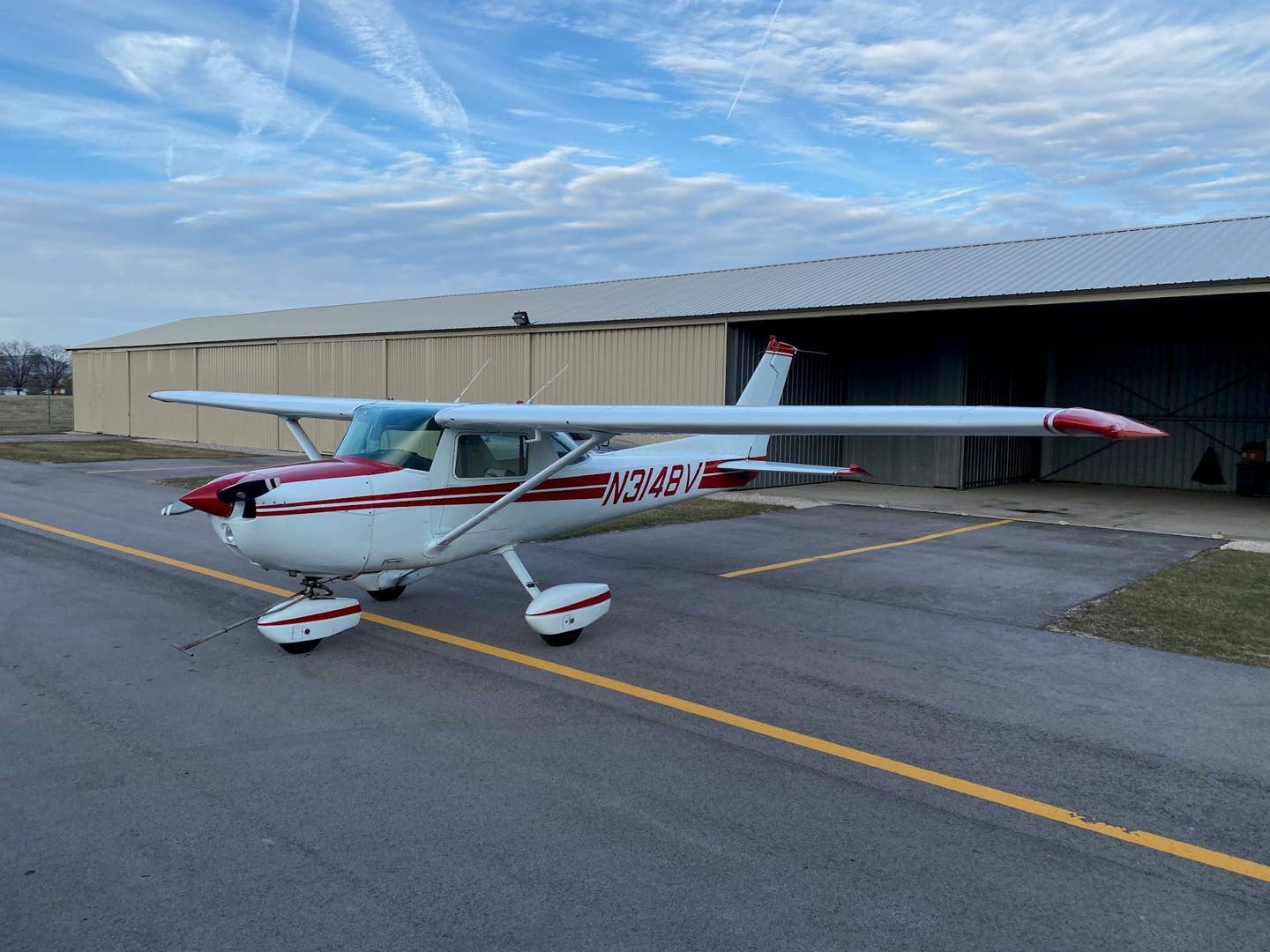Why We Need VORs in the Age of GPS
I admit to being a little nervous when I have to fly an airplane with only a GPS navigator in the panel, aided only by a single communications radio, albeit…
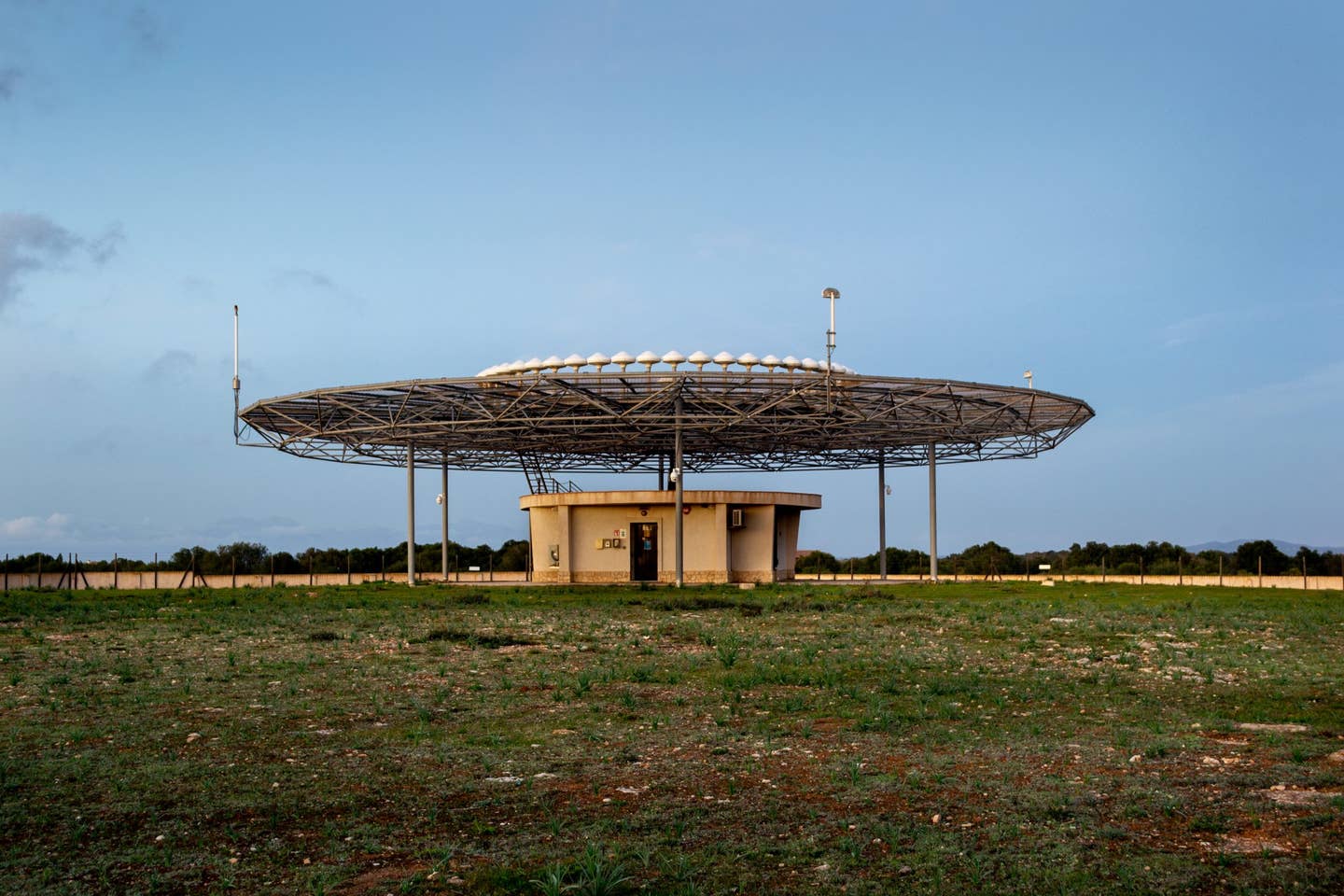
A VOR VHF omnidirectional range ground station with DME for the use of pilots during flights at Llucmajor in the Mediterranean Balearics island of Mallorca, Spain [Adobe Stock/ Luis Alonso]
I admit to being a little nervous when I have to fly an airplane with only a GPS navigator in the panel, aided only by a single communications radio, albeit with flip-flop frequencies. I suppose it's because I grew up back when things frequently broke, both in the airplane and on the ground. It was always a good idea to have a backup for working around the problem. The standard avionics package included an audio panel with marker-beacon, dual nav-comms and nav indicators, one with a glideslope, and probably an ADF. We were prepared for anything. Can't blame me for feeling a little naked with nothing but a GPS.
Now, I was an early adopter of GPS. I had a portable unit about the size of brick, with a grayscale map display. Waypoints needed to be put in one at a time; I think it would hold 99 of them. Some of my stored spots were VOR stations, used for departures and arrivals. It was fascinating to watch the little airplane symbol crawl across the screen. But we always had the VOR's course deviation indicator ready for guidance or orientation.
So, what's wrong with relying solely on GPS? Our gee-whiz navigators provide groundspeed, track, distance, time to go, vertical profile, and nearest-airport options, and probably the phone number of a pizza restaurant that delivers. The magic boxes work great, if I can remember how to click and twist through the pages of utilities. I jump in and out of several airplanes in the course of a month, each equipped differently, which can be a real test of recall.
VOR receivers, on the other hand, all work the same. Select the frequency, turn the omni-bearing selector knob to center the CDI, and you're oriented with a path to or from the station. If that facility is down for maintenance, tune in another one. They won't all be out of service at the same time. Simple, easy to remember, no menu to scan through.
GPS, on the other hand, relies on a minuscule amount of signal strength processed by sophisticated microcircuits, emanating from a constellation of fragile satellites susceptible to solar flares, jamming signals, and the whims of enemies or our own military. The FAA, while eager to shift airways traffic onto direct routing, recognizes that a backup navigation system needs to be maintained in case of a GPS disruption, so the plan is to maintain a Minimum Operational Network (MON) of VOR stations to provide alternate navigation capability above 5,000 feet agl. An airport with an ILS or VOR approach should always be available within 100 miles.
But the MON VORs aren't going to do us any good if we take the old nav/comm sets out of our panel. Who knows? I might need to borrow your airplane one of these days, and I'm probably not up to speed on your customized installation. Give me a VOR receiver and I'll always find my way home.

Subscribe to Our Newsletter
Get the latest Plane & Pilot Magazine stories delivered directly to your inbox


